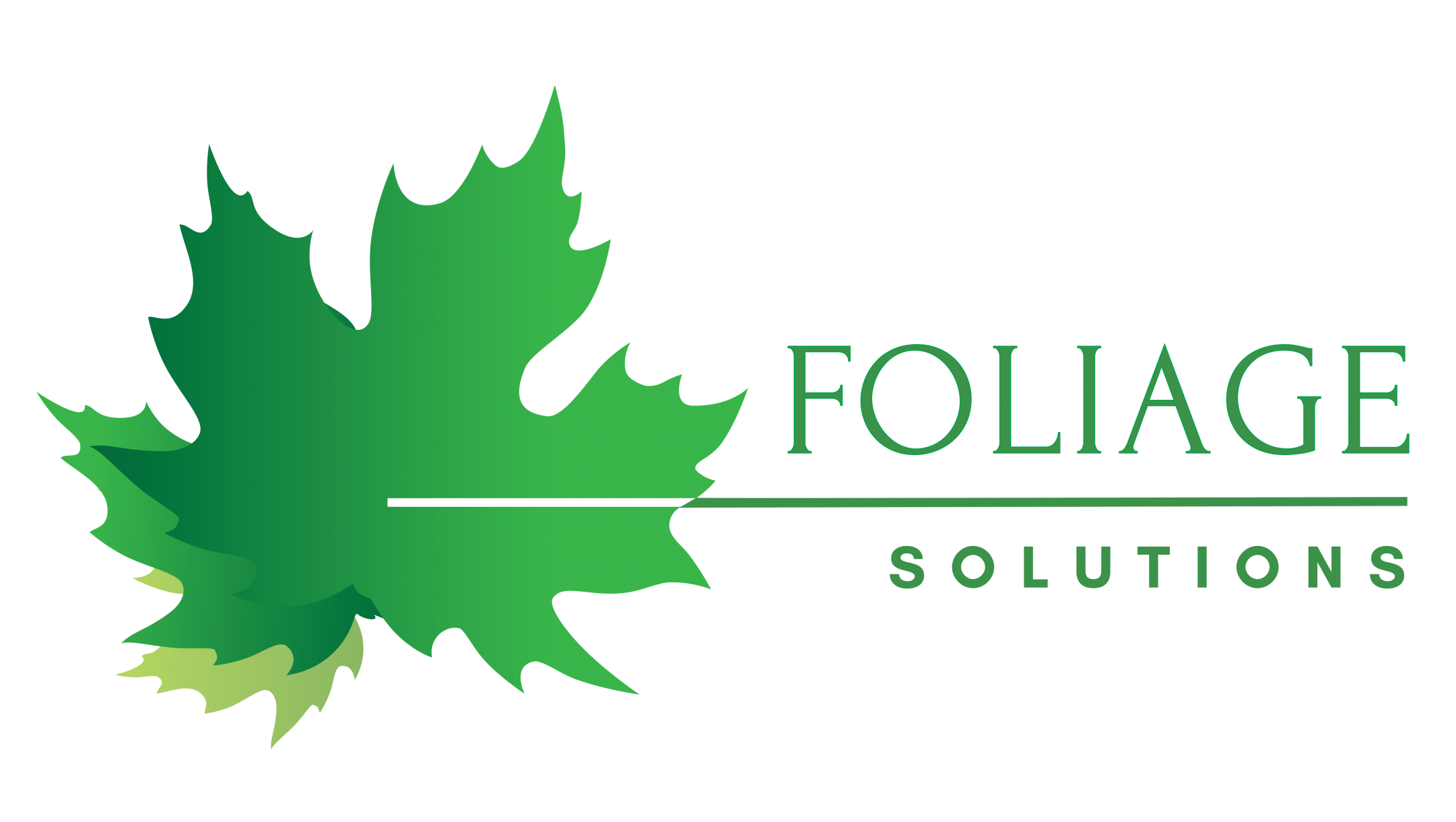
Why should desktop publishing be a key part of any translation workflow?
Any translation project that consists of documentation such as manuals, flyers, posters, brochures, handbooks, PowerPoint presentations etc. will need or greatly benefit from including desktop publishing in the workflow.
Desktop publishing in the translation industry generally means formatting the translated document(s) using a layout software. Desktop publishing specialists recreate the source format, taking into account language specific typesetting and layout, images, graphics among other factors so that the translated documents have the same polished look of the source.
Desktop publishing specialists also work on the documents BEFORE translation begins, in what we call the preprocessing phase, preparing them for translation with or without CAT tools. A check on the source documents by the desktop publishing specialists early on in the workflow can identify any missing items that would be needed in the desktop publishing step post translation. Furthermore, the file preparation part of the preprocessing phase can also positively impact the overall costs and quality of the translations. Thus, desktop publishing can be part of the workflow before and/or after translation.
Editable formats
Documents can come in different editable formats. Probably the most common are Word, PowerPoint and InDesign. All can be imported into CAT tools, providing many advantages to the overall translation workflow.
If the documents contain graphics (ex. diagrams, technical drawings, charts) or un-editable images with text than the desktop publishing specialists can extract it and then re-insert it back into the graphic once translated, thereby keeping the original format and eliminating the risk that text requiring translation gets overlooked.
As the source and target languages differ in length, a good desktop publishing specialist is skilled at adjusting the layout to take these differences into account and produce a well-formatted translated document.
See an example below of a PowerPoint document that benefited from desktop publishing:
Source:

Target exported from CAT:

Target after layout:

Scanned formats
Desktop publishing specialists can also help with preparing and processing scanned documents (usually pdf files) and images of text content requiring translation.
Using optical character recognition (OCR) technology which can distinguish printed or handwritten text in scanned documents or digital images, desktop publishing specialists can prepare an editable version of the text for processing with CAT tools or to be otherwise edited. This is especially useful, for instance, for documents requiring legalization or projects with a large number of scanned documents with same/similar content. Having these documents converted by desktop publishing into an editable format prior to translation facilitates the translators work as well as can reduce the overall timeline and costs of a project.
To sum up, if you want to ensure a smooth and successful project and deliver translated documents that look as good (or better!) than the source, desktop publishing is a key component.
About Foliage Solutions SRL
We are a new company built on the collaboration between a former translation project manager with over a decade’s worth of experience at a multinational translation provider and a group of Desktop Publishing (DTP) professionals to provide specialized solutions associated with multilingual DTP to other Language Service Providers (LSP).
Facebook
Linkedin
Instagram
Envelope
Foliage Solutions SRLS via Olindo Malagodi 6,
44042 Cento (FE)
Italy

Leave a Reply